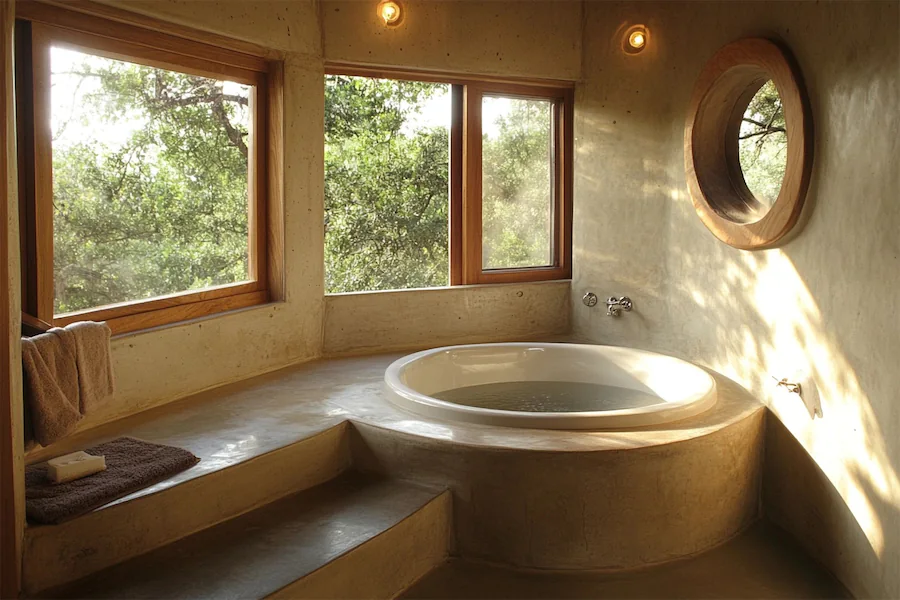Designing an energy-efficient bathroom not only reduces environmental impact but also leads to significant savings on utility bills. This article explores the history, key features, applications, considerations, and concludes with insights into energy-efficient bathrooms.
Introduction to Energy-Efficient Bathrooms
An energy-efficient bathroom incorporates fixtures and design elements that minimize water and electricity consumption without compromising functionality or comfort. Implementing such features contributes to a sustainable lifestyle and reduces household expenses.
History and Origins of Energy-Efficient Bathrooms
The movement towards energy-efficient bathrooms gained momentum in the late 20th century, driven by increasing environmental awareness and the need for resource conservation. Advancements in technology and design have since led to the development of fixtures and materials that promote efficiency and sustainability.
Key Features of Energy-Efficient Bathrooms
- Low-Flow Fixtures: Installing low-flow showerheads, faucets, and toilets significantly reduces water usage. For instance, low-flow showerheads can save a substantial amount of water annually.
- LED Lighting: Utilizing LED bulbs, which consume up to 80% less energy than traditional incandescent bulbs, enhances energy efficiency.
- Energy-Efficient Ventilation: Incorporating Energy Star certified bathroom fans ensures effective moisture control while consuming less energy.
- Tankless Water Heaters: Opting for tankless water heaters provides hot water on demand, eliminating the energy loss associated with maintaining a tank of heated water.
- Natural Lighting: Designing bathrooms to maximize natural light reduces the need for artificial lighting during daytime, further conserving energy.
Applications of Energy-Efficient Bathrooms
- Residential Homes: Homeowners can retrofit existing bathrooms or design new ones with energy-efficient fixtures to reduce utility costs and environmental impact.
- Commercial Buildings: Incorporating energy-efficient bathrooms in offices and public facilities contributes to corporate sustainability goals and operational cost savings.
- Hospitality Industry: Hotels and resorts can enhance their eco-friendly credentials by implementing energy-efficient bathroom designs, appealing to environmentally conscious guests.
Considerations When Designing an Energy-Efficient Bathroom
- Initial Investment: While energy-efficient fixtures may have a higher upfront cost, they often lead to long-term savings on utility bills.
- Compatibility: Ensure that new fixtures are compatible with existing plumbing and electrical systems to avoid additional renovation costs.
- Quality and Performance: Select reputable brands and products that offer both efficiency and reliable performance to maintain comfort and functionality.
- Maintenance: Regular maintenance of fixtures, such as cleaning aerators and replacing filters, is essential to sustain energy efficiency over time.
Conclusion
Creating an energy-efficient bathroom is a practical step towards sustainability, offering environmental benefits and cost savings. By incorporating key features such as low-flow fixtures, LED lighting, and energy-efficient ventilation, individuals and organizations can contribute to resource conservation while enjoying the advantages of modern, efficient bathroom designs.
